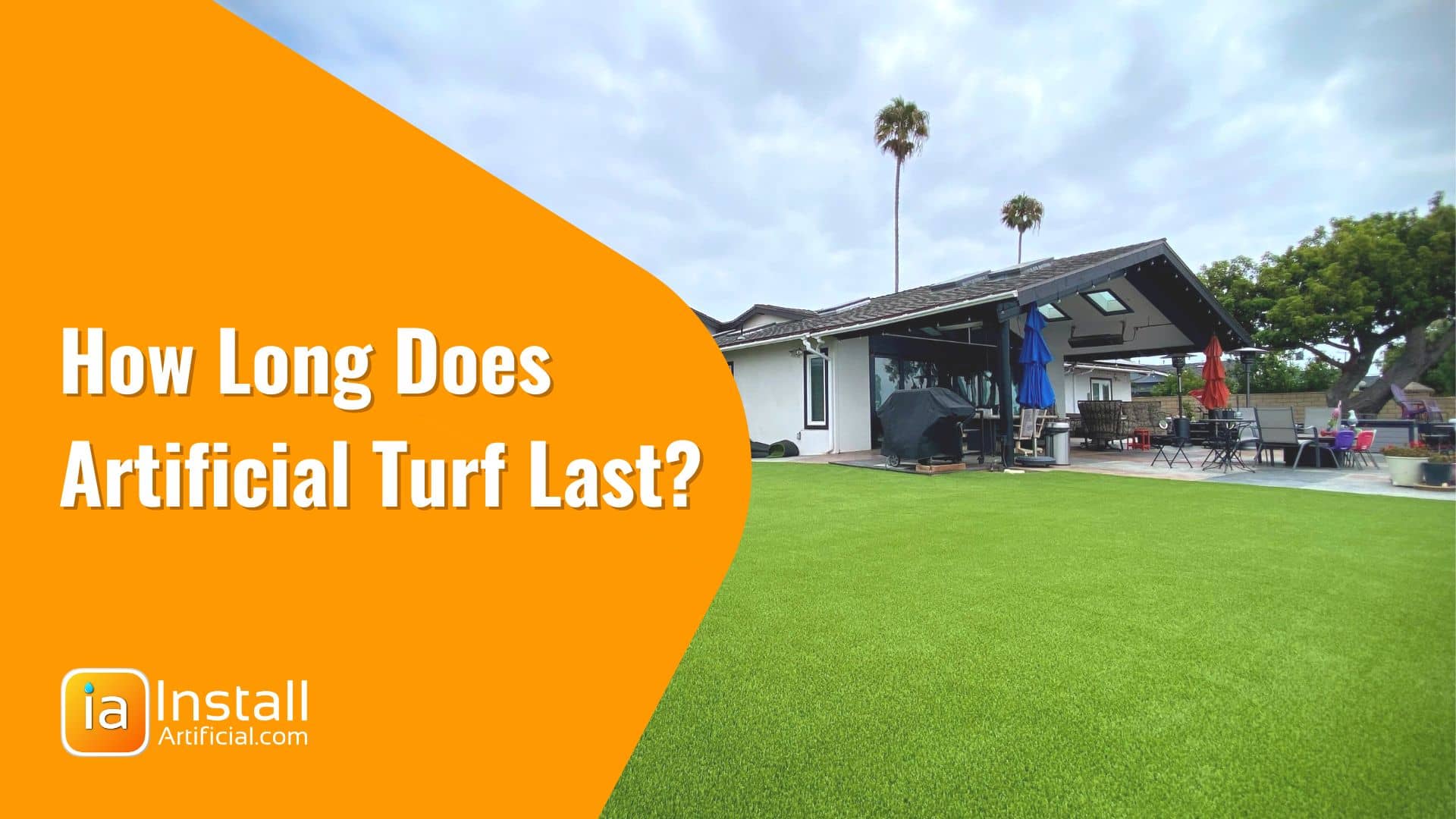
Artificial turf lasts on average about 8-10 years. Even though the warranty on artificial grass is often 15 years or a lifetime. Most materials will get dirty faster...
Artificial grass comes in a variety of colors and textures that mimic the look and feel of natural grass. However, it is important to remember that the color will fade over slowly over time when the blades are constantly exposed to sunlight and weather. Luckily, artificial grass includes built-in UV ray blockers that protect against sunlight so this will take many years. But continued wear and tear will still affect the blades and diminish their quality.
Artificial grass matting is typically unavoidable and will begin to happen after years of use, similar to scratches on the floor. Turf matting occurs when the fibers of your grass become entangled and are no longer in the upright position. Two factors that usually cause matting are excessive weight and heavy foot traffic. Over a significant amount of time, these factors can create a dead-looking space that takes away from the overall aesthetic. If the surface isn't occasionally brushed, it becomes a lot harder to revive the turf later.
As technology continues to advance, newer generations of artificial turf are constantly improving in terms of durability, aesthetics, and performance, surpassing their older counterparts. If your artificial grass is outdated or made from inferior materials, it may not meet the current standards or provide the desired benefits. However, by replacing your old or worn-out turf with newer, high-quality options, you can significantly enhance the overall appearance and longevity of your outdoor space. Embrace the advancements and elevate your lawn to new heights with the latest and greatest artificial grass options available.
Enhanced Aesthetics: New artificial grass can instantly refresh the appearance of your outdoor area, providing a lush, green landscape that complements your home's architecture and design.
Improved Durability: Modern artificial turf is designed to withstand heavy foot traffic, extreme weather conditions, and other environmental factors, ensuring long-lasting performance and durability.
Increased Functionality: Replacement allows you to address underlying issues such as drainage problems, infestations, or damage, ensuring that your artificial turf remains functional and resilient over time.
Reduced Maintenance: Newer artificial grass requires minimal maintenance compared to natural grass, saving you time, effort, and resources on mowing, watering, and fertilizing.
Environmental Sustainability: High-quality artificial turf is eco-friendly and sustainable, conserving water and reducing the need for harmful pesticides and fertilizers used in traditional lawn care practices.
If your turf is looking unhealthy, and its past the point of reparation, contact us today to get your replacement installation started! Need some help determining if your turf damage can be repaired? Request an estimate for repair below and provide a photo, our experts can't wait to assist you!